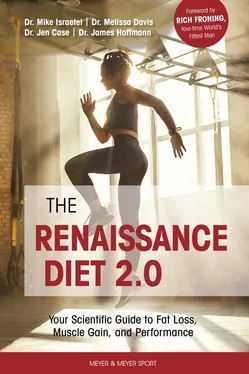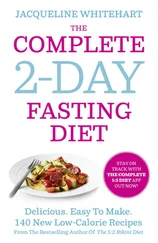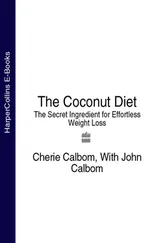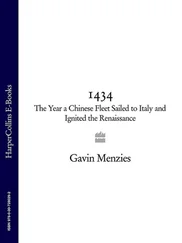1 ...6 7 8 10 11 12 ...22
Protein in Performance and Body Composition Enhancement
As discussed, protein is the building block for muscle, and the rigors of sport require more muscle mass than the activities of everyday life. The processes of sport training and competition also tear down muscle via exertion and contact damage, so this larger muscle mass requires more maintenance as well. Even for aesthetic-based body composition goals, additional muscle mass and training are required for a firm, athletic look. Most people can survive on the previously recommended 0.3 g minimum of protein per pound of bodyweight per day, but this amount is unlikely to support an athletic physique or best sport performance. Next we will discuss the various ranges of protein needs for different types of sports and dietary circumstances.
Protein Needs for Endurance Sports
Optimal protein intakes for endurance athletes is likely around 0.5-1.0 g protein per pound of bodyweight per day, with the lower end approached only during special circumstances.
Although endurance sports such as marathon and triathlon do not require large muscle masses, the extremely high volume and heavy energy demands of these sports often exceeds immediate availability of carbohydrate and fat stores. Protein must be burned for some fraction of training energy, and these fractions can add up over time, requiring a larger protein intake to keep muscle mass in equilibrium. Because such voluminous training stresses muscle fibers often and for long duration, protein turnover rates are elevated, which means even more protein must be eaten to compensate. The CCH is a prominent player in protein intake determination for endurance athletes because they rely on relatively high intakes of carbohydrates to enhance their training and recovery.
The minimum protein intake for endurance athletes (around 0.5 g per pound of bodyweight per day) is probably best approached only for short periods of time (weeks) during very high-volume training phases when carbohydrate intakes are maxed out. Higher protein intake during other periods of lower training volume and lower carbohydrate intake is likely beneficial for muscle maintenance.
The CCH caps maximum protein intake for endurance athletes at around 1 g per pound of bodyweight per day to allow for adequate carbohydrate intake to support training. Our best recommendation for endurance athletes is to average around 0.7 g protein per pound of bodyweight per day, making occasional, temporary drops to 0.5 g per pound per day during periods of heavy training that require increased carbohydrate intake and occasional increases to 1.0 g during periods of lower training volume. This provides additional protein to deal with energy needs and wear and tear without taking too much of the daily caloric allotment away from critical carbohydrates.
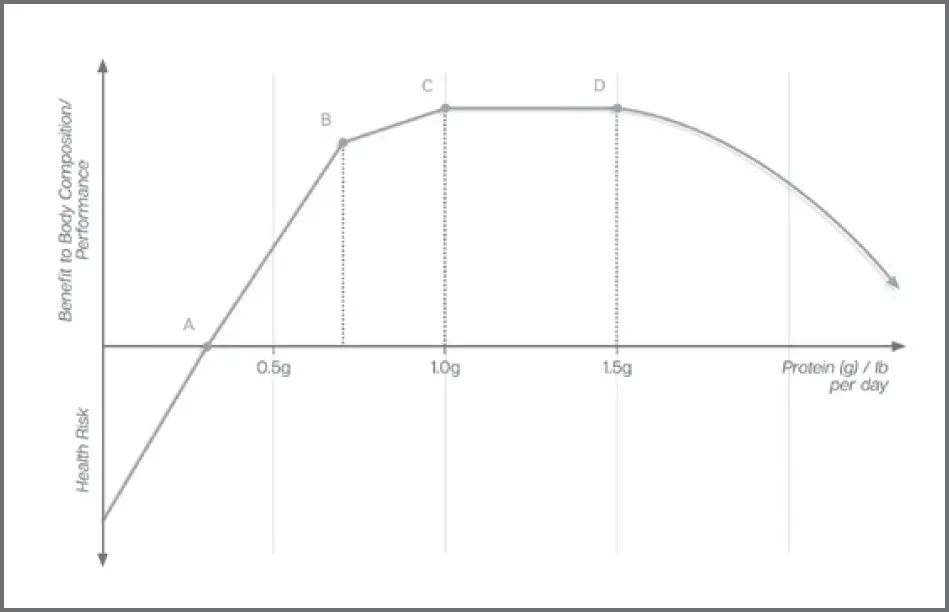
Figure 3.3 A graph of the relative benefits of varying protein consumption rates (in grams per pound of bodyweight per day) is shown from point A (minimum protein needed for health) through point D (the point at which protein amounts force a reduction in other macronutrients to below recommended levels via the CCH) .
Protein Needs for Team Sports
The daily protein needs per pound of bodyweight per day for team sport athletes is likely around 0.8 g on average, with 0.6 g per pound of bodyweight per day as a minimum and 1.5 g as a maximum. In team sports like soccer, basketball, and rugby, high energy use in practice and competition increases need for protein to prevent net muscle loss. In contrast to endurance sports, most team sports require greater muscularity for optimal performance and have a lower total demand for energy. Since the carbohydrate needs of team sport athletes are much lower than endurance sport athletes and the benefit from added protein is higher, their optimal protein range is higher than that of endurance athletes.
Protein Needs for Strength and Power Sports
Strength and power sport athletes need around 1.0 g of protein per pound of bodyweight per day on average. Strength and power sports include weightlifting, powerlifting, fitness sport, American football, short-distance sprinting, jumping events, throwing events, and strongman and have a considerably different set of protein constraints and demands than other sports. Athletes in these sports require substantially more muscle mass for performance and more frequent weight training. Strength and power athlete protein intakes have been well researched, and the minimum recommendation is 0.7 g of protein per pound of bodyweight per day. This minimum is an amount of protein that can nearly guarantee no muscle loss from regular hard training on an isocaloric diet and can provide a reasonable amount of anabolic substrate.
Because strength and power athletes have still lower average energy demands per day than both endurance and team sport athletes, their carbohydrate needs are lower, and their CCH-derived protein maximum is higher. Depending on their training phase, strength and power athletes can consume up to around 2.0 g of protein per pound of bodyweight per day without pushing fats or carbs too low.
A recommended optimal intake for strength and power athletes is likely around 0.9 g per pound of bodyweight per day on average. Rounding up to 1 g per pound per day can make calculations a bit easier and is well under the maximum protein intake, so probably poses no risk to reducing other macronutrients to minimum levels via the CCH.
Protein Needs on a Hypocaloric Diet
The rate of catabolism is higher under hypocaloric conditions, so protein needs are elevated. A minimum of around 0.8 g of protein per pound of bodyweight is needed per day under hypocaloric conditions. On longer and stricter fat-loss diets, an argument for a higher minimum protein intake can be made as the propensity for muscle loss increases across longer term, more aggressive hypocaloric phases.
In most cases, 1 g of protein per pound of bodyweight per day is optimal to prevent catabolism on a hypocaloric diet while leaving enough room for carbohydrates. However, because protein is so effective at reducing hunger overall, diet outcomes might be improved with slightly increased protein intake. Research on lean, drug-free bodybuilders shows the potential for added anti-catabolic benefits up to around 1.2 g per pound of bodyweight per day–suggesting more extreme diets and leaner individuals might need slightly more than 1 g per pound per day for optimal outcomes. Though the effect is likely small, protein is also very filling and can help with adherence, so increases can indirectly benefit fat-loss diets. On the other hand, too much protein intake can eat into calories allotted for carbohydrates, which have an anti-catabolic effect and fuel high-volume, high-intensity training which helps prevent muscle loss. To prevent an excessive CCH-derived reduction in carbohydrates, hypocaloric diets should generally cap their protein intakes at a maximum of around 1.5 g per pound of bodyweight per day. Anything higher will start requiring such big carb reductions that training volume and intensity may suffer, and risk of muscle loss will increase.
Our recommendation for hypocaloric protein intake is a baseline of 1 g per pound of bodyweight per day, with potential increases up to around 1.5 g per pound per day for more extreme dieting or satiety effects.
Protein Needs on a Hypercaloric Diet
Hypercaloric diet conditions reduce anti-catabolic-based protein needs. This effect is so powerful that the protein minimum for anabolism on a hypercaloric diet is actually a bit lower than the hypocaloric diet minimum and sits right around 0.7 g per pound of bodyweight per day. While this amount of protein might be sufficient, it is unlikely that optimal gains in muscle mass will be obtained.
Читать дальше
